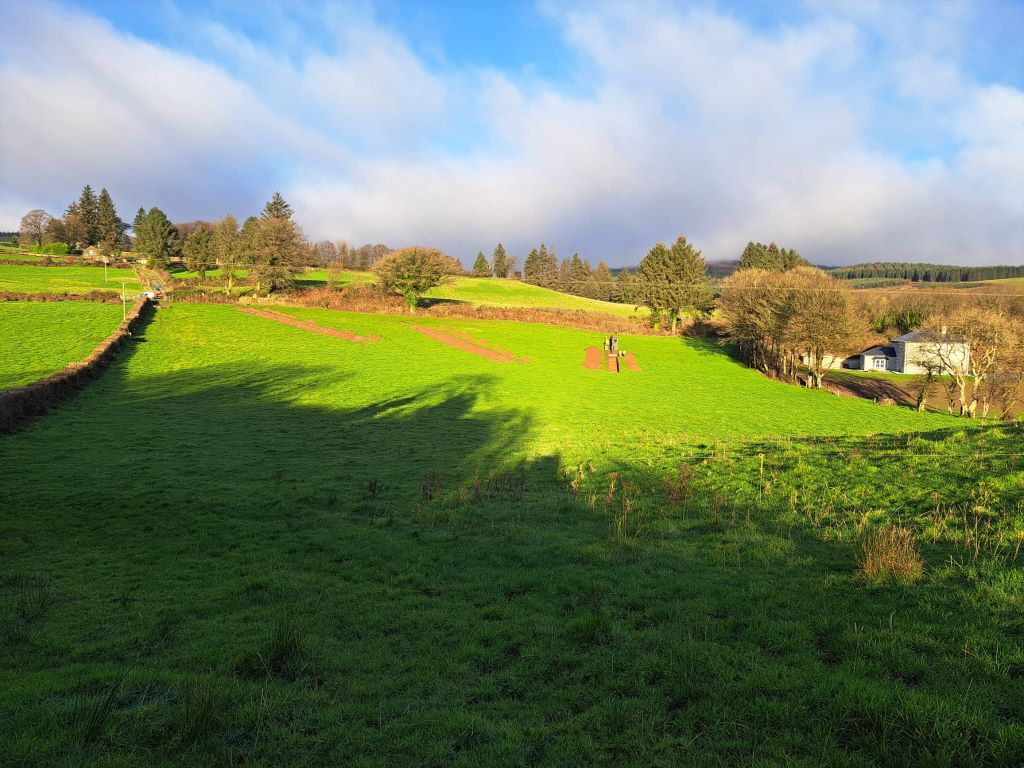2024:562 - Mounthall, Camross, Laois
County: Laois
Site name: Mounthall, Camross
Sites and Monuments Record No.: N/A
Licence number: 24E1093
Author: Ewelina Rondelez
Author/Organisation Address: Rubicon Heritage, The Glen Distillery Business Park, Old Whitechurch Road, Kilnap, Cork
Site type: Archaeological testing - burnt mound, charcoal-production pit, iron furnace
Period/Dating: Multi-period
ITM: E 626632m, N 698174m
Latitude, Longitude (decimal degrees): 53.033575, -7.602940
The test trench excavation uncovered several archaeological features, including pits, possible post-holes, ditches, a burnt mound deposit, possible charcoal-production pit, possible iron furnace, agricultural furrows, and evidence of field clearance. These findings indicate a diverse range of activities associated with agriculture, industry, and possible settlement. The presence of burnt mound spread suggests prehistoric activity in the area, while the possible iron-production furnace and charcoal-production pit indicate occupation from the Iron Age to the medieval period. Further analysis, including radiocarbon dating and soil sampling, would help establish a more precise chronology and interpretation of these features.

